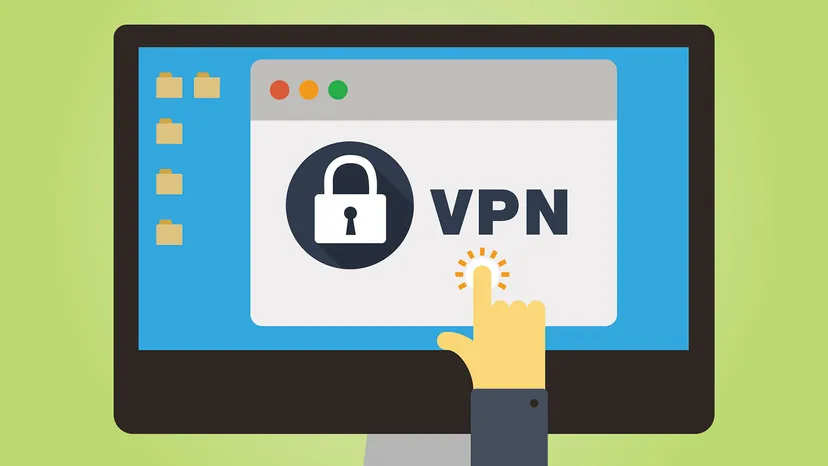What is a VPN?
A VPN (Virtual Private Network) is an app that creates an encrypted connection between your device and a VPN server. It hides your real IP address, makes public Wi-Fi safer, and lets you appear online from another country.
Short answer
- Privacy: your internet provider and local Wi-Fi can’t read your traffic contents.
- Location control: sites and apps see the VPN server’s IP/location instead of yours.
- Safety on public Wi-Fi: encryption protects logins and browsing from nearby snoops.
A VPN doesn’t make you invisible: websites can still identify you by logins, cookies, and device info. It also doesn’t remove malware—use good device security.
How a VPN works (in 3 parts)
- VPN app (client): you tap “connect.” The app starts an encrypted tunnel.
- Encrypted tunnel: traffic between your device and the VPN server is scrambled (e.g., WireGuard or OpenVPN).
- VPN server: the web sees the server’s IP, not yours; the server forwards and returns traffic to you.
Extras you’ll hear about: a kill switch stops traffic if the tunnel drops; DNS leak protection keeps lookups private; split tunneling lets you choose which apps use the VPN.
When a VPN is useful
- Public Wi-Fi: airports, cafés, hotels.
- Travel: keep using your accounts more safely away from home.
- Streaming while abroad: some services work better when you connect to a server in the right country (results vary—always test during the refund window).
- Price and privacy: keep browsing more private from your provider and some trackers.
What a VPN doesn’t do
- It doesn’t make you completely anonymous (logins, cookies, and browser fingerprint can still identify you).
- It doesn’t replace antivirus or good device security.
- It doesn’t guarantee access to every streaming service all the time.
- It doesn’t change local laws—always use VPNs lawfully.
VPN protocols (which one to pick?)
| Protocol | Why choose it | Best for |
|---|---|---|
| WireGuard (or vendor’s WG-based) | Modern, fast, stable | Everyday use, streaming, gaming |
| OpenVPN (UDP/TCP) | Mature, widely supported | Compatibility, restrictive networks (TCP) |
| IKEv2 | Good on mobile; quick re-connects | Phones/tablets switching networks |
Tip: start with WireGuard (or the provider’s WG-equivalent). If a site won’t load, switch to OpenVPN TCP and try again.
What to look for in a VPN
- No-logs policy + audits from reputable firms.
- Reliable speeds on modern protocols.
- Kill switch and leak protection.
- Good apps for your devices (Windows, macOS, iOS, Android, TV, routers).
- Streaming support (but always test during the refund period).
- Support & refunds that are easy to use.
- Fair price and enough device slots for your household.
Basic setup (5 steps)
- Choose a provider (see picks below) and create an account.
- Install the app on your device(s).
- Open the app → select a nearby server for speed, or a specific country for content.
- Turn on kill switch and enable auto-connect on untrusted Wi-Fi.
- Test a few sites/apps. If something fails, switch server or protocol.
Recommended VPNs (easy choices)
ExpressVPN
Easiest apps across phone, laptop, TV, and routers.
- Consistently good performance in many regions
- Great for travel (Smart DNS / router options)
- Quick, helpful support
NordVPN
Fast speeds with modern protocols and lots of locations.
- Large server list, strong desktop/mobile apps
- Helpful extras (threat protection, split tunneling)
- Good for streaming in many regions
Surfshark
Best price for households—unlimited devices.
- Good WireGuard speeds for daily use
- Simple apps and quick server switching
- Great long-term plan pricing





Join the discussion
Have a question or a fix to add? Share it below.